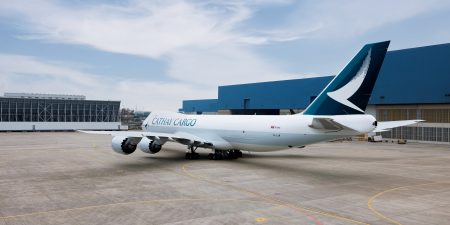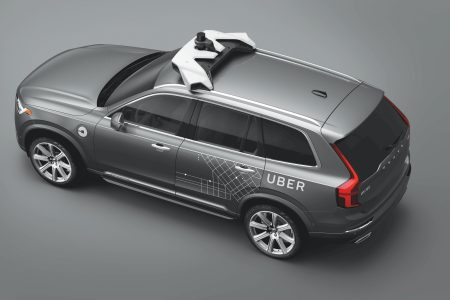Drone alone
Amazon made its first drone delivery inthe UK in December last year. The package was an Amazon Fire TV media player and a bag of popcorn to go with it. While the delivery address – a farm set in the featureless, flat landscape of Cambridgeshire – marks the exercise out as a publicity stunt, the company has proved that it can be done. What might prove trickier will be delivering a parcel to a home in a crowded city street. Small boys with catapults might also be a problem.
Air play
As well as drone deliveries, the UK has been pioneering an airship/aircraft crossover. The Airlander 10, built by Hybrid Air Vehicles, is, at 92 metres, longer than any existing aircraft and designed to stay aloft for long distances to deliver payloads. Its main advantage over conventional aircraft is that it’s cheap to build and fuel, despite the decrease in speed. Its somewhat unusual shape has earned it the moniker ‘The Flying Arse’. Further indignity followed when it gently nosedived into the ground during an early trial flight.
Look, no hands
The idea of driverless cars has been around for a while, and though the technology is for the most part sound, the main problem is getting people to trust it – would you send your children to school in a driverless car? Google’s subsidiary Waymo aims to get us all used to them by 2020. To begin with, at least, it looks like use for cargo delivery rather than public transport will be easier for people to swallow – and regulators too. Uber’s fleet of driverless Volvos temporarily left testing in California for Arizona, where driverless cars are street legal. Fearful of looking behind the times, the Silicon Valley state quickly updated its rules of the road.
Leader in its field
German agricultural manufacturer Fendt has designed a system that enables a line of driverless tractors pulling a variety of ploughs and other tools to follow a manned tractor, doubling or tripling productivity while lessening manpower. Plough furrows can be aligned within a tolerance of 1-2cm.



